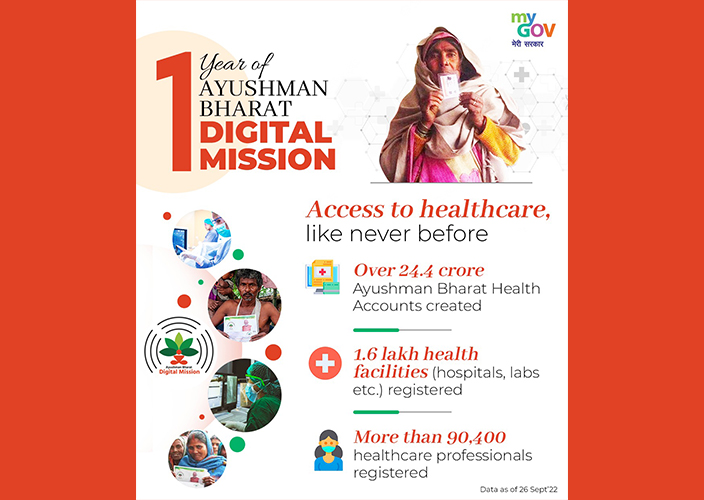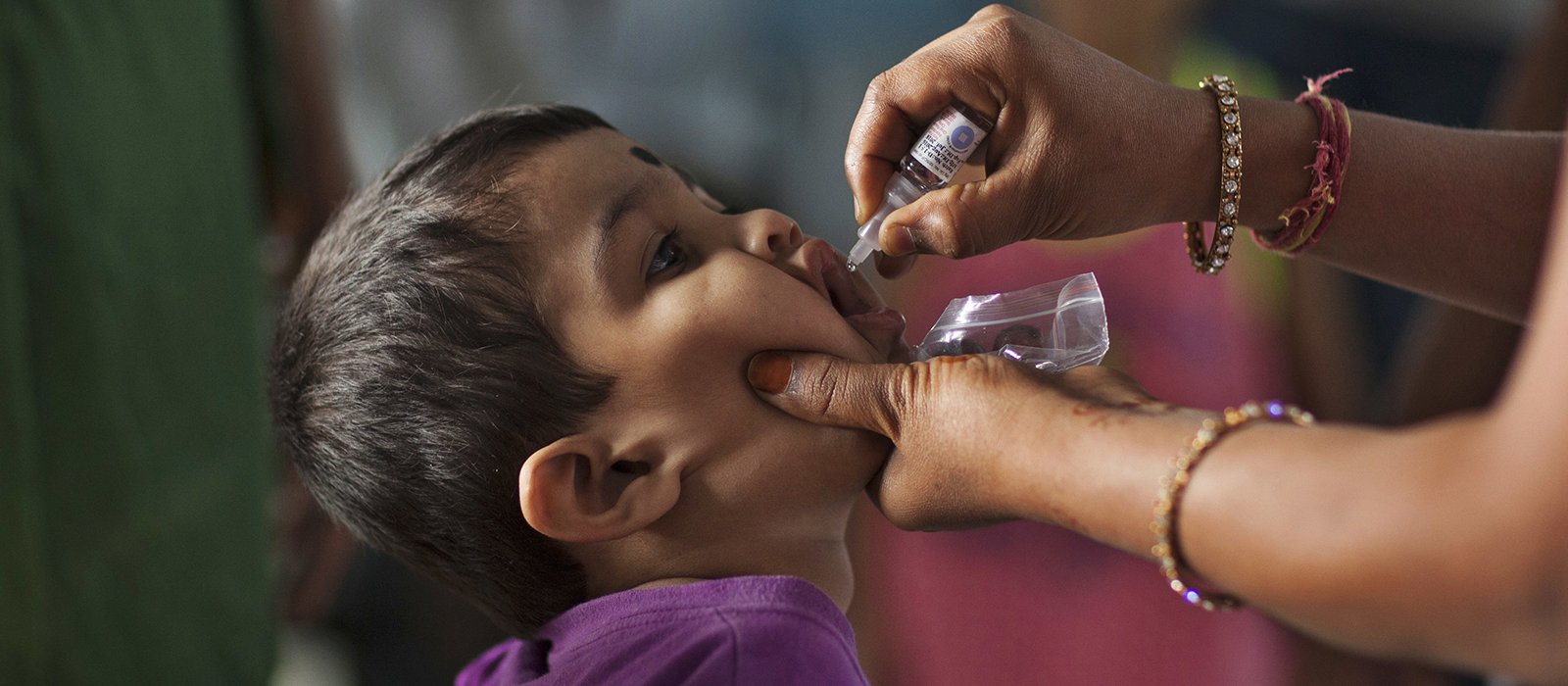-
Community Action for Health, under the National Health Mission, emphasizes community engagement in health care in India.
-
Chhattisgarh has implemented the Swasth Panchayat Yojana aimed at integrating community health empowerment into local governance through regular evaluations and proactive measures involving local communities.
-
The state of Assam has developed a unique model involving a public private partnership with tea garden hospitals to enhance primary health care as well as community involvement.
-
Ensuring active involvement of communities is pivotal for strengthening health systems, achieving public health goals and fostering equity.
Community Action for Health (CAH) functions as a key component under the National Health Mission (NHM), placing people at the center of the process of ensuring that the health needs and rights of the community are being fulfilled.1 The right to health serves as a cornerstone of social justice, encapsulating the right of people everywhere to have access to quality health services, good nutrition, education and freedom from discrimination.2 This year’s World Health Day also emphasized the importance of the right to health, with the theme ‘My Health, My Right’. A key method to strengthen not just the right to health but also the systems supporting health services is to ensure strong community engagement in the implementation of health-related services and policies. Engaging communities is widely believed to have a positive impact on the effectiveness of health programmes, enhancing social capital, community empowerment and an improved health status with reduced inequalities.3
Community Action for Health is viewed as the first systematic and health sector-wide institutional mechanism for civil society engagement in health services.4 The process of communitization involves, among other things, creation of a cadre of female community health workers or accredited social health activists (ASHA) as well as creation of ‘Rogi Kalyan Samitis’. CAH has developed and evolved as a means to improve health outcomes by strengthening community participation and ensuring empowerment by making communities more accountable for their health needs.5
The CAH processes involve strengthening the Village Health, Sanitation and Nutrition Committees (VHSNCs), Rogi Kalyan Samitis (RKSs) and Planning and Monitoring Committees (PMCs) at the primary block, district and state levels, creating community awareness on NHM entitlements, roles and responsibilities of service providers as well as training of VHSNC, RKS and PMC members. Undertaking community level enquiry to assess the availability, range and quality of health services, developing village and facility level reports to reflect the status of health services and organizing Jan Samwad or public dialogue for advocacy with health providers and managers are also included within CAH processes. Another key task for CAH includes corrective action and planning to address emerging issues and gaps.6
Several states have developed unique models to address local health challenges. In Chhattisgarh, the Swasth Panchayat Yojana, operational since 2005-06, has woven community health empowerment into the fabric of the state’s local governance. It is run by the state’s Health and Family Welfare Department with support from the State Health Resource Centre (SHRC) and aims to leverage the democratic engagement of the state’s VHSNCs and Mitanins (Community Health Workers) to monitor, assess and act upon health issues in each village and panchayat. VHSNCs meet every month to monitor the health situation in their respective villages, based on which two to three action items are identified every month. The Swasth Panchayat Sammelan is organized annually to initiate public dialogue at the block level where pressing health concerns are raised in front of relevant officials. The SHRC also conducts Swasth Panchayat surveys on an annual basis, insights from which feed into a panchayat-level score card that is presented to the Sarpanch. Additionally, hamlet-level data is analysed to arrive at consolidated panchayat-level indicators and a composite panchayat-level Health and Human Development Index, showcasing a model that truly places the community at the center of health improvement.7
The state of Assam has developed a unique model to strengthen primary health care services as well as tie in members of the community to ensure the services reach vulnerable sections of the state. This model is a part of the state’s National Health Mission plan and involves a Memorandum of Understanding (MoU) with Tea Garden hospitals under Public Private Partnership (PPP) to provide health care services to all employees of the tea gardens and its adjoining areas in the state. The tea community is a relatively marginalised and socially excluded group within the state.8 This approach helps bring primary health services closer to these communities and involves them in delivery and monitoring of these services. An example in this context is the use of ASHA workers in order to deliver routine immunizations and maternal health services within the tea estate hospitals in the state under this model. It has been observed that the availability of quality services and community outreach initiatives has helped build trust and led to high health seeking behaviour in the state.9
While the experiences of involving communities have indicated a positive impact on strengthening health systems, some areas still require additional focus. Community participation needs to be broadened to other social sector issues like education in order to be more effective. Since one of the major reasons for the push towards community participation is moving towards more decentralization, it must be ensured that finances are devolved to the Gram Panchayat levels to fully foster communitization and bottom-up planning. Committees for community participation, including VHSNC, RKS and PMC must receive some formal recognition, through an executive order or legislation, to boost their legitimacy. Capacity building and awareness drives should be scaled up at the grassroots level to increase community participation.10
Effective implementation of CAH denotes an active role for the community, delineating it as an agent for health and development rather than a passive beneficiary of health and development programs.11 Active involvement of those most affected is seen as an effective strategy to achieve the goals of public health. It also serves as a means to practice equity, social justice as well as building trust and openness among all members of the community.12
Community engagement is not only a strategic approach within India’s National Health Mission but also pivotal in upholding and promoting the right to health. CAH strives to function as a practical mechanism that ensures redressal of broader determinants of health, including safe water, sanitation, nutrition etc. Initiatives like the CAH can ensure effective realization of the right to health and transform public health systems into more responsive and equitable entities that are grounded in grassroots and collective action. The vibrant synergy between communities and health systems, as seen in Chhattisgarh and Assam, not only advances equity but also champions a holistic and inclusive approach towards public health, making the journey toward healthier communities more effective and engaging.
- https://nrhmcommunityaction.org/about/
- https://www.who.int/campaigns/world-health-day/2024
- https://scholarhub.ui.ac.id/cgi/viewcontent.cgi?article=1170&context=ajce
- https://iris.who.int/bitstream/handle/10665/331837/whoseajph2020v9i1p82.pdf?sequence=1&isAllowed=y
- https://iris.who.int/bitstream/handle/10665/331837/whoseajph2020v9i1p82.pdf?sequence=1&isAllowed=y
- https://nrhmcommunityaction.org/about/
- https://nrhmcommunityaction.org/wp-content/uploads/2016/11/Community_-Action_for_Health.pdf
- https://nhm.assam.gov.in/schemes/ppp-with-tea-garden-hospitals
- https://nhm.assam.gov.in/schemes/ppp-with-tea-garden-hospitals
- https://nrhmcommunityaction.org/wp-content/uploads/2016/11/Community_-Action_for_Health.pdf
- https://iris.who.int/bitstream/handle/10665/331837/whoseajph2020v9i1p82.pdf?sequence=1&isAllowed=y
- https://scholarhub.ui.ac.id/cgi/viewcontent.cgi?article=1170&context=ajce



